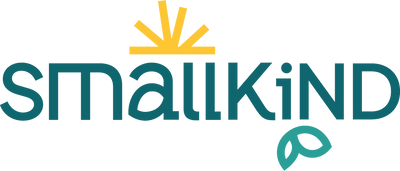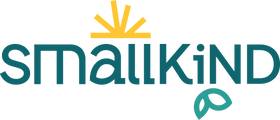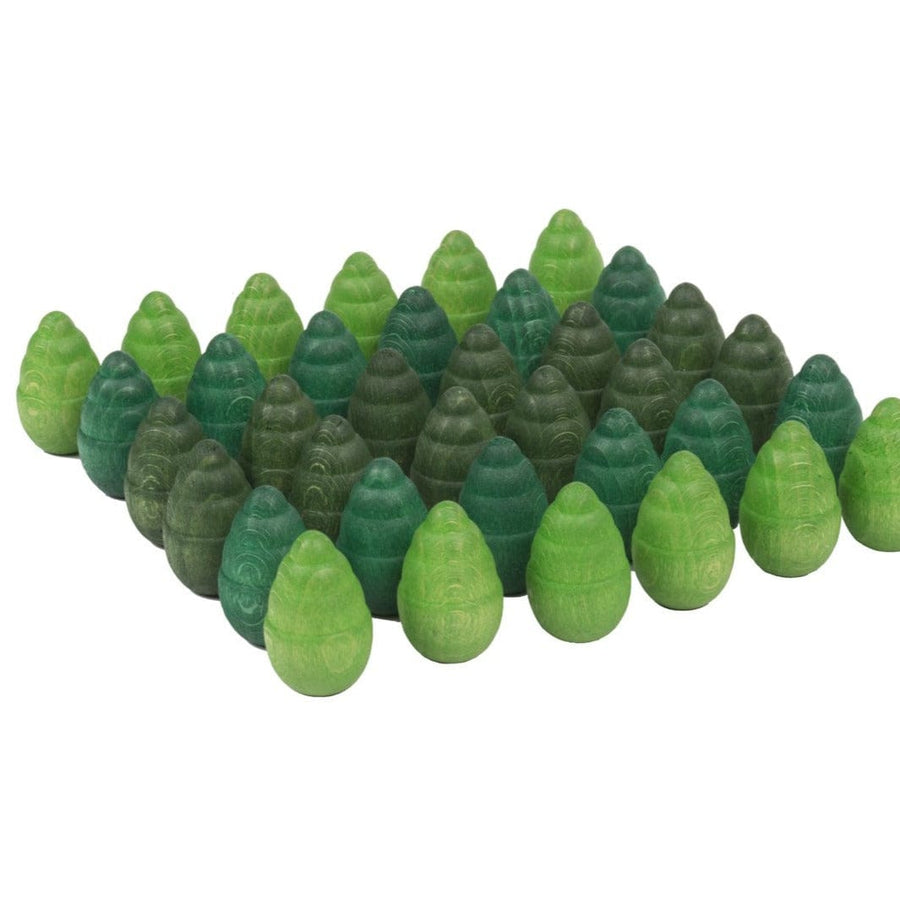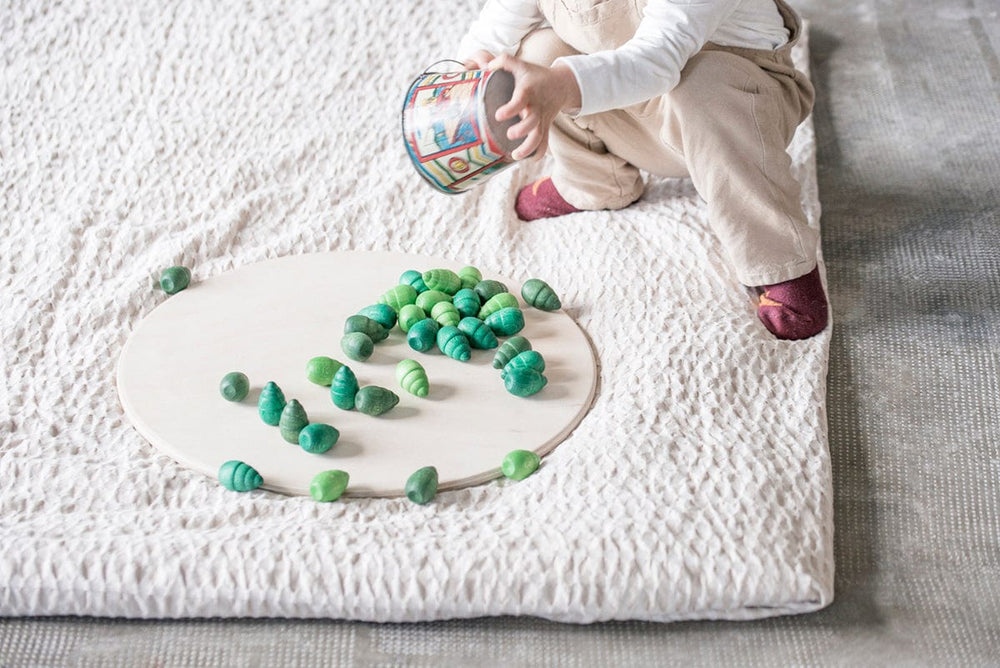Switching to Reusable Period Pads made easy!
Curious about reusable period products? Let's talk about why you might want to consider them.
They are better for your body.
Disposable pads and tampons (which contain a fair amount of plastic) aren’t ideal to put next to one of the most sensitive and porous parts of our bodies. Most reusable pads are made from natural materials which means no harmful chemicals next to your most delicate bits!
They cost less.
Once you’ve made the investment they last for years. Comparisons with disposable pads suggest that you could save up to £2000 over the lifespan of the pads*
*Bloom + Nora compared with always ultra normal
They're kinder to the planet.
An average menstruator uses up to 16,000 disposable period products most of which will end up in landfill and still be around 500 years later. They can can end up in the ocean and washed up on our shores. In 2013 the Marine Beach Conservation Society held a beach clean across 96.7km of UK coast line. They collected 428 tampons and applicators per 4.4km and 1291 sanitary pads , panty liners and backing strips per 13.3km*.
The manufacturing of disposable pads and tampons is also resource and chemical intensive. Disposable pads are made with wood pulp and water. They require energy to process the materials and to manufacture the chemicals and plastics which, for a single use product, makes them incredibly impactful.
*Go Real
They perform better.
Reusable pads work better than their disposable counterparts. Women who use them rave about them for a reason. There are less leaks, they stay in place and need changing less. Most importantly they are so much more comfortable because they are soft, breathable and don’t have sticky wings!
Often we don’t realise that disposables are not comfortable until we try the alternative but the difference is immediately obvious, especially in warm weather and when exercising.
Many women report that they have less cramps and less yeast infections after making the switch and while the evidence is anecdotal it’s definitely something to consider.

Our Guide to Getting started with cloth pads
Cloth pads will save money in the long run but the initial investment can put people off. Remember that you don’t need to swap all the pads in one go. It’s a good idea to buy them gradually which will give you an opportunity to try them out and decide how many of each size you will need for a full period depending on how heavy your period is throughout the cycle. This means you can spread the cost too. In the beginning you can alternate cloth pads with disposable until you’ve built up enough to last throughout your period.
How many pads will I need?
This varies depending on how heavy your period is, how long your cycle lasts for and how often you like to change your pad. Many women find that they need to change cloth pads less often. This can be because they are more absorbent than disposables and also they stay in place and feel comfy. If you’ve ever used pads with sticky wings you’ll know they can bunch up and start to feel ‘plasticy’.
It also depends how often you want to wash your pads. If you wash and dry them mid cycle you’ll need less than someone who prefers only to wash at the end. There is no right way and you’ll discover what works for you.
Based on my own experience I would suggest as a starting point buying a few pads in whichever size you’d use most of usually (often ‘regular’ or ‘super’) to try them out. You can then get a feel for them and add in more lower or higher absorbency pads as needed.
How do the pads work?
They work in in much the same way as disposables. There are absorbent layers to soak up the blood and a leak proof layer on the bottom to prevent leaks. The pads have wings with snaps which fasten around your underwear to stop them moving around. The natural fibres are safe to wear next to your skin and move freely with you. The pads are not sticky but they do stay in place, even more so than disposables.
The different sizes of pads have different levels of absorption and this can vary from brand to brand. They usually include panty liners, regular and super/night time which are comparable to the same sizes of disposable pads.

How do I wash cloth pads?
You’ll need a bag or bucket to store your used pads. A used cloth pad can either be put straight in the wet bag or rinsed in cold water first. Rinsing the pads helps to reduce staining although some brands have anti stain top layers.
On wash day put the pads in the washing machine on a cold rinse first. Then wash at 40-60 degrees depending on the instructions of the brand of pads you’re using (if in doubt go for 40). You can put pads in with cloth nappies, clothes or towels but be careful of putting them in with anything dark which might stain them. You can use your regular washing power but avoid softener as this will affect the absorption of the pads. Let the pads dry outdoors or on a laundry rack inside but keep away from heat which might ruin the PUL.
Hanging them outside on a sunny day or putting on a windowsill can help to fade any stains.
How do I use cloth pads when I'm out?
It might feel like this will be a hassle but it’s really no different than using disposables except that you take the used pad home. Using a mini wet bag makes this very easy. Keep your clean pads in one section and the used ones in another. When you’ve changed your pad, fold it into a square and close the snaps. Store in the wet bag until you get home where you can rinse it or pop it straight in the big wet bag. The mini wet bags are very discreet and actually draw less attention than a rustling disposable pad.
How long will they last?
It depends how often you use your pads and how well you take care of them. Many manufacturers suggest 200 wash cycles or 150 wears. I’ve had my first pads for four years and they are still going strong.
Is the PUL layer made from plastic?
PUL is short for polyurethane laminated polyester and is a type of fabric with a very thin layer of plastic. PUL is used as a leak proof layer in cloth nappies, nappy covers, wet bags and period pads. So yes this is a type of plastic but it is OEKO-tex certified and safe for use for humans. Many brands are now using PUL from recycled plastic or bio laminate made from corn. So in short, yes it is a type of plastic, but not the same as in disposable products and also not used directly against the skin.
It might seem like there's a lot to think about but the best thing to do is buy a couple of pads and give them a go. I suspect that once you try cloth you'll never go back!
Is there anything else you want to ask about cloth period pads? If so get in touch at www.smallkind.co.uk or find me on social media @smallkinduk
We have a growing selection of pads from different brands and I'm happy to answer any questions you might have (I'm ALWAYS happy to chat about eco swaps).
Shop reusable pads here.
Natalie x








Leave a comment